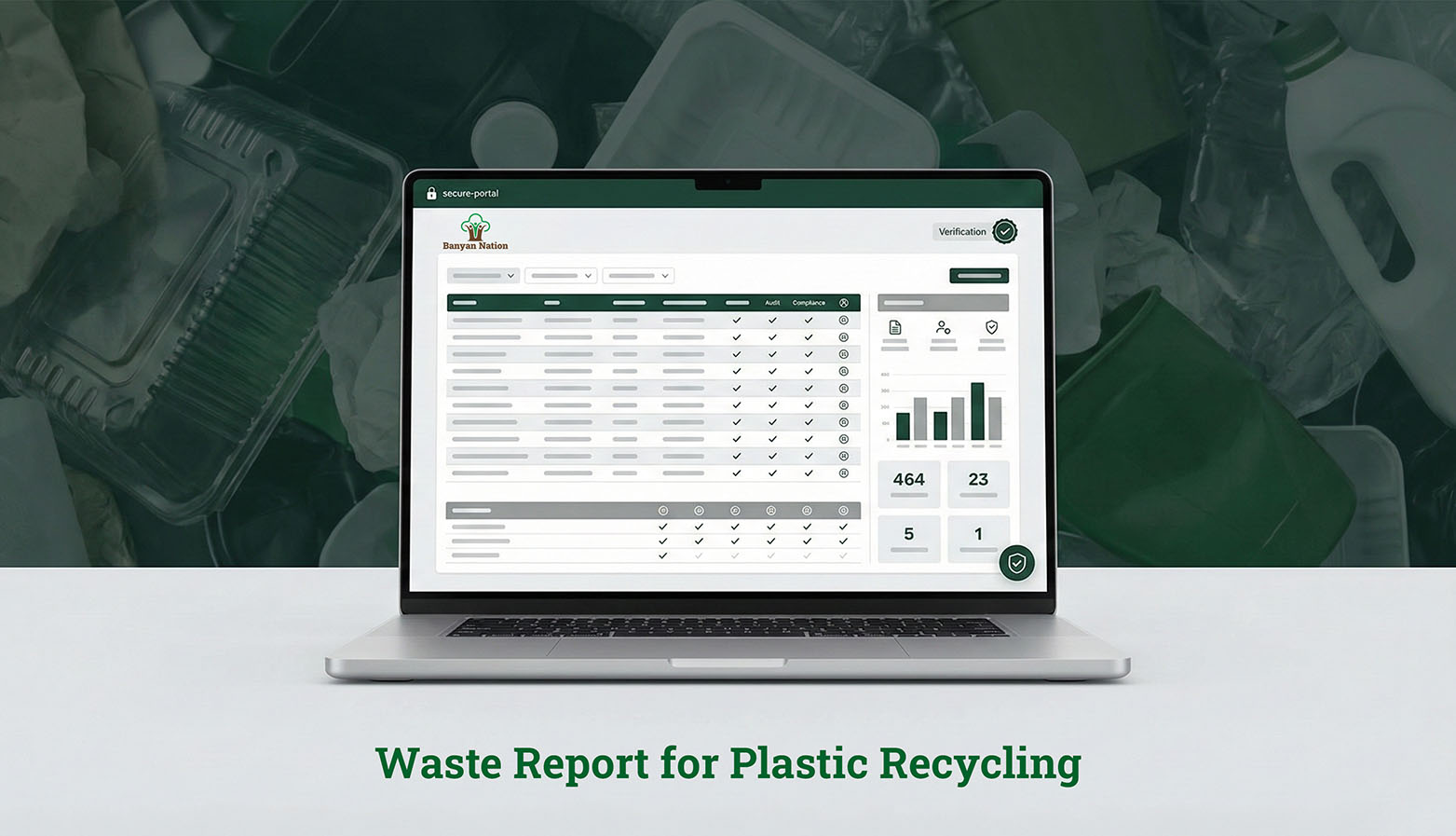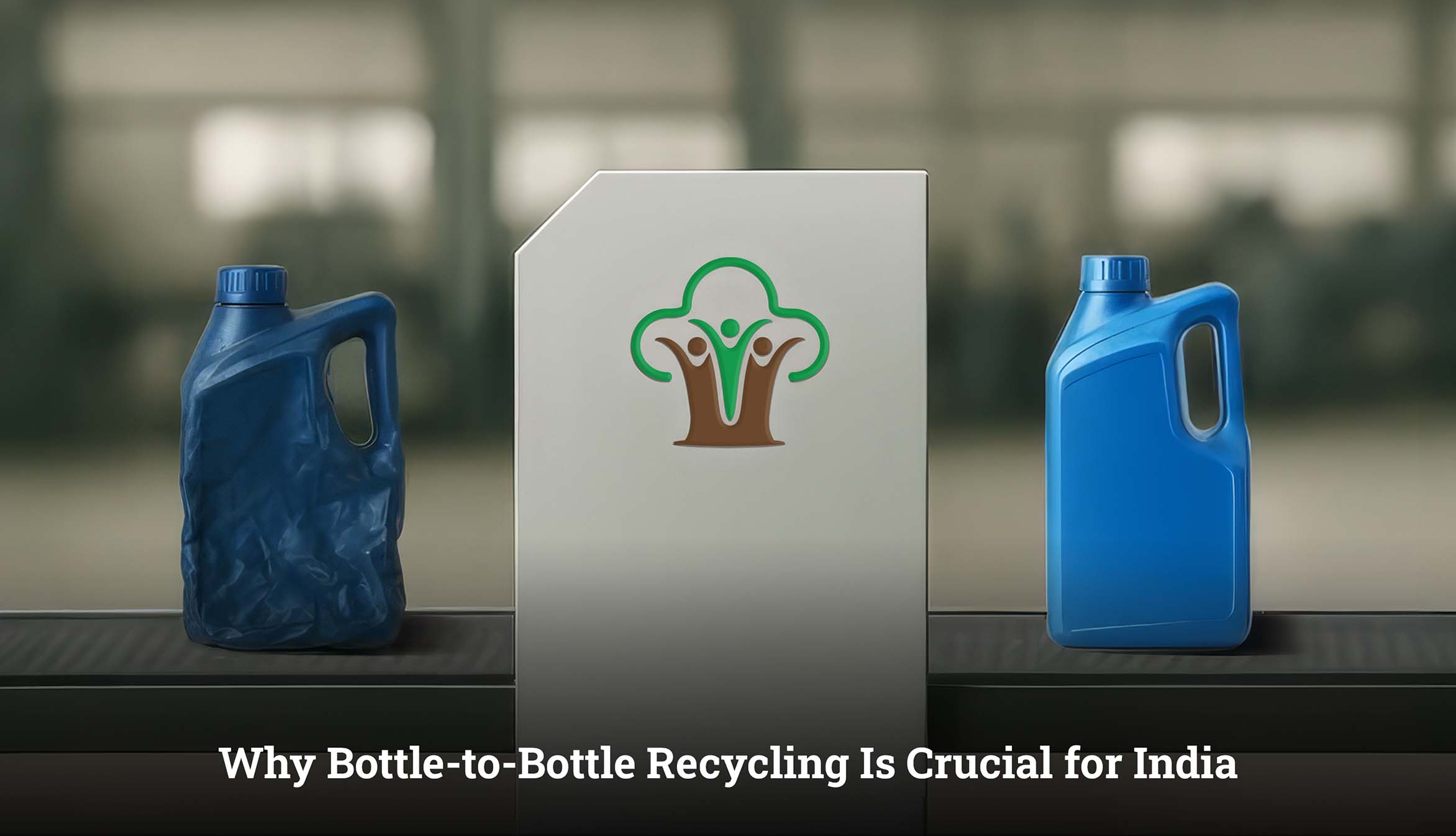Recycling is one of the most effective ways to reduce pollution, but it can only be successful when people are guided properly on how to dispose of waste. This is where the color code dustbin system plays a critical role. By using color coded waste bins, communities, schools, offices, and even households can easily segregate waste into biodegradable, recyclable, and non-recyclable categories. A colour code dustbin system not only minimizes confusion but also creates awareness about proper waste disposal. Similarly, colour coded bins help individuals identify the correct place to throw different types of waste, ensuring efficiency in collection and recycling. When color coded bins waste management is adopted, it enables a structured approach that reduces landfill pressure and encourages recycling. Furthermore, colour coded bins for recycling make the segregation process much simpler, preventing contamination of recyclable materials. With clear labels and standard colors, people quickly learn the difference between organic, plastic, glass, and hazardous waste disposal. Promoting awareness about color code dustbin usage is, therefore, essential for sustainable development. In the sections below, we will explore why color-coded waste segregation matters, the different types of bins, and how they can make recycling more effective.
The Importance of Adopting Colour-Coded Waste Bins
- Encourages responsible waste disposal habits.
- Reduces mixing of recyclable and non-recyclable waste.
- Supports proper recycling and composting processes.
- Helps in compliance with municipal and government waste management rules.
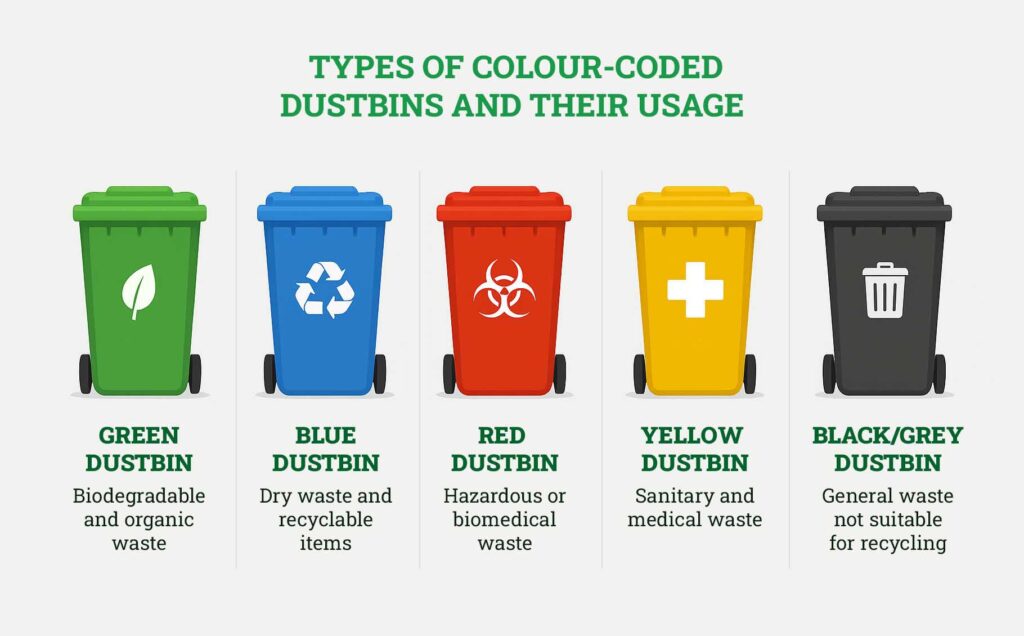
Types of Colour-Coded Dustbins and Their Usage
- Green Dustbin – For biodegradable and organic waste (food, garden waste).
- Blue Dustbin – For dry waste and recyclable items (plastic, glass, paper, metals).
- Red Dustbin – For hazardous or biomedical waste.
- Yellow Dustbin – For sanitary and medical waste.
- Black/Grey Dustbin – For general waste not suitable for recycling.
This highlights the different colour of dustbin used for proper segregation across homes, schools, and industries. Using a colour coded dustbin system ensures that recyclables remain uncontaminated and easy to process.
Benefits of Using Colour Code Dustbins
- Promotes recycling awareness at the community level.
- Enhances cleanliness in public spaces.
- Saves time and cost in sorting collected waste.
- Prevents environmental hazards from mixed disposal.
- Simplifies color coded bins waste management for municipal authorities.
How Colour-Coded Bins Improve Waste Management Efficiency
- Clear segregation reduces manual sorting efforts.
- Improves hygiene and reduces foul odors.
- Encourages participation in waste management programs.
- Provides visual guidance with different colour of dustbin categories.
Role of Colour-Coded Bins in Streamlining Recycling Processes
When colour coded bins for recycling are used effectively, recyclable items such as plastic bottles, paper, and metals are collected separately and processed faster. This reduces contamination and ensures higher recycling efficiency. Color coded waste bins simplify logistics for waste collectors and recycling plants, making recycling a smoother, more cost-effective process.
Conclusion
Adopting a color code dustbin system is not just about waste disposal—it’s about building a culture of responsibility. With colour coded bins and a clear understanding of the different colour of dustbin used for segregation, communities can achieve cleaner surroundings and a more sustainable future. Encouraging the use of colour coded bins for recycling is an essential step toward efficient color coded bins waste management, helping us transition toward a greener, circular economy.
FAQ's
Can colour-coded bins be used in schools and offices?
Yes, color coded dustbins for waste segregation are widely encouraged in schools, offices, and institutions to promote eco-friendly practices and instill responsibility.
How do colour-coded bins support the circular economy?
By ensuring that recyclable materials remain uncontaminated, colour code dustbin systems make recycling more efficient, supporting reuse and resource conservation.
Are there symbols or labels to help people identify bin types more easily?
Yes, most colour coded bins come with labels, symbols, or graphics along with the different colour of dustbin indicators to guide people in proper usage.
Making recycled packaging the norm.
CITATIONS:
- Take Our Trash. Trash Bin Color Coding: Simplifying Waste Management for a Greener Future. (2024). Retrieved from takeourtrash.com
- Waste Cost Solutions. What Are the Different Colored Bins For? (2024). Retrieved from wastecostsolutions.com
- Califorca. The Benefits of Using Color-Coded Recycle Bins. (2023). Retrieved from califorca.ae
- Villanova University. Recycling Bin Standards: Why Recycle. (2024). Retrieved from villanova.edu
- ACTenviro. Recycle Bins: Types, Materials, and Uses. (2024). Retrieved from actenviro.com
- Wikipedia. Recycling Bin. (2024). Retrieved from wikipedia.org

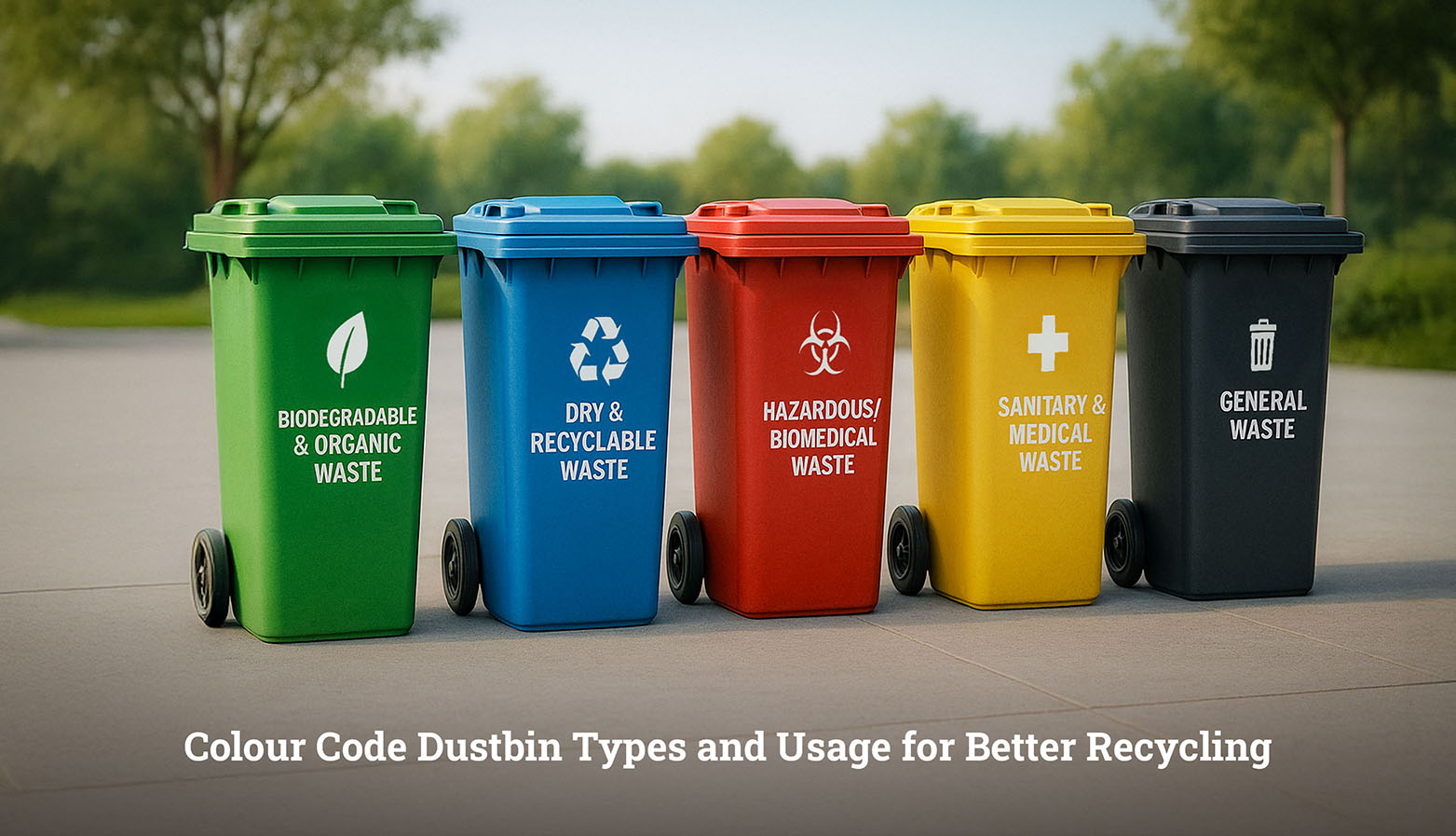
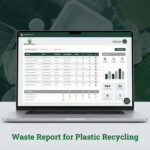 What Is Waste Reporting and Why Does It Matter in Plastic Recycling?
What Is Waste Reporting and Why Does It Matter in Plastic Recycling? What Is Bottle-to-Bottle Recycling? Why It Matters for India
What Is Bottle-to-Bottle Recycling? Why It Matters for India The Role of CSR (Corporate Social Responsibility) in Waste Management
The Role of CSR (Corporate Social Responsibility) in Waste Management What is Takeback Program & Their Role in Building a Circular Economy
What is Takeback Program & Their Role in Building a Circular Economy What Is a Waste Audit and Why Should Recycling Companies Conduct One?
What Is a Waste Audit and Why Should Recycling Companies Conduct One?